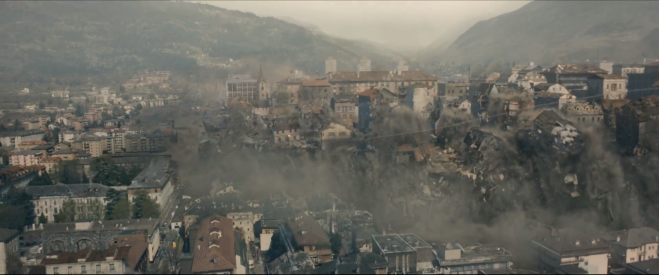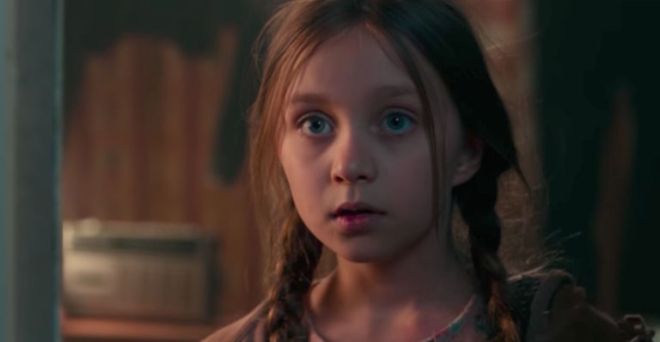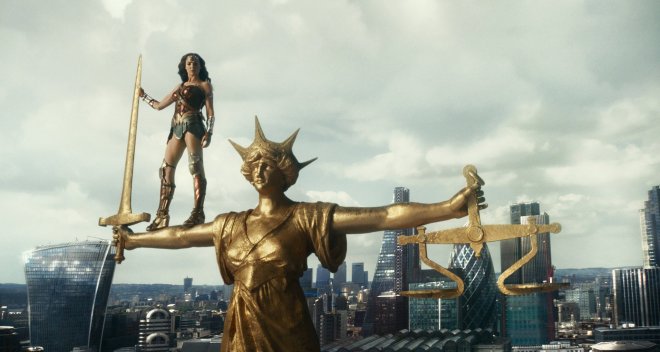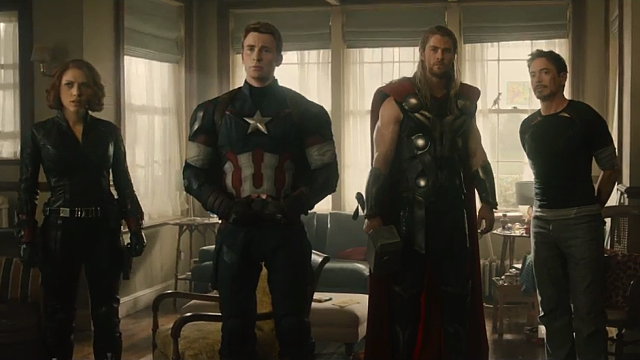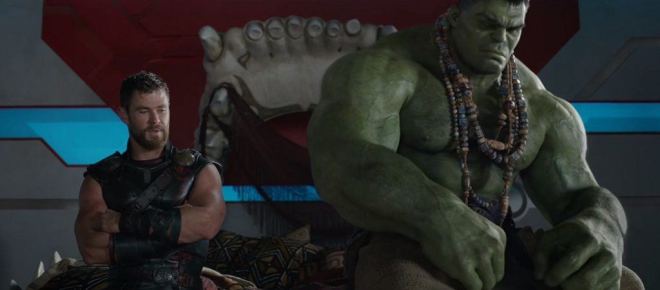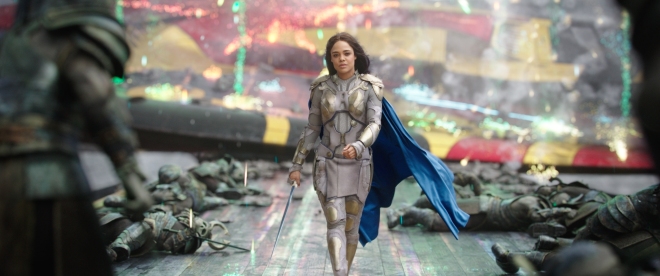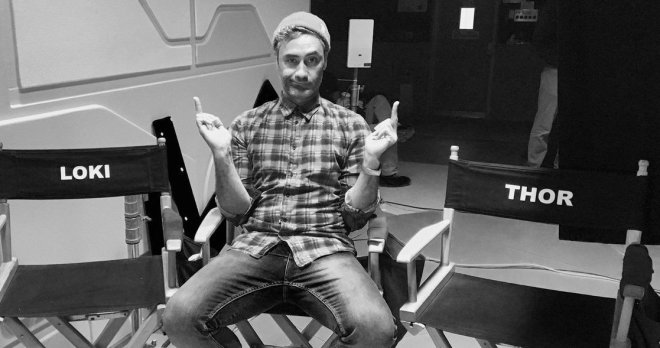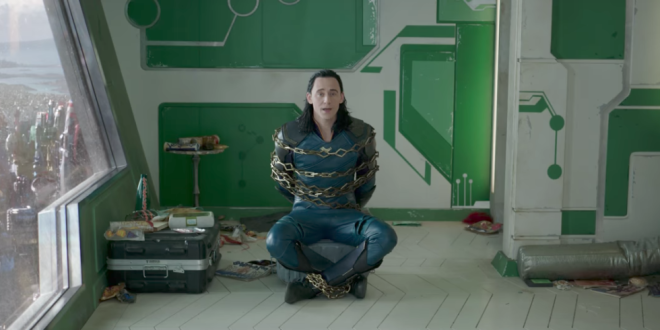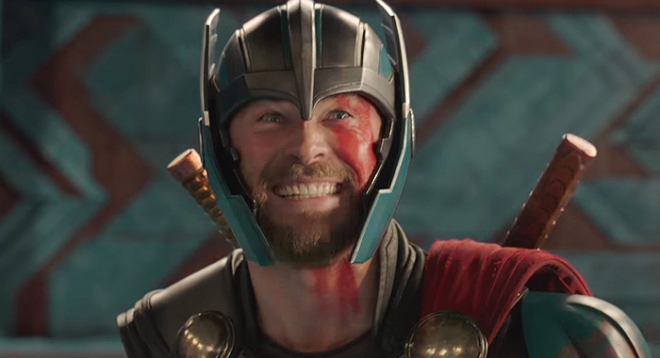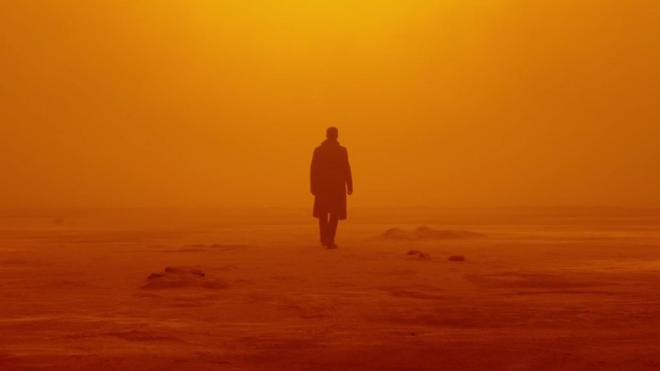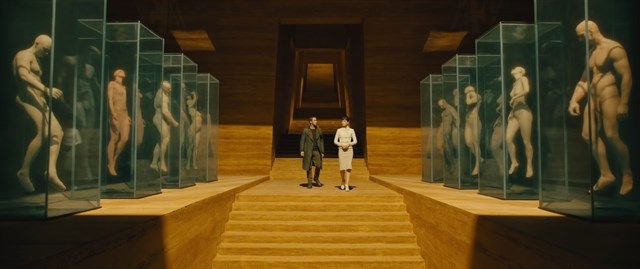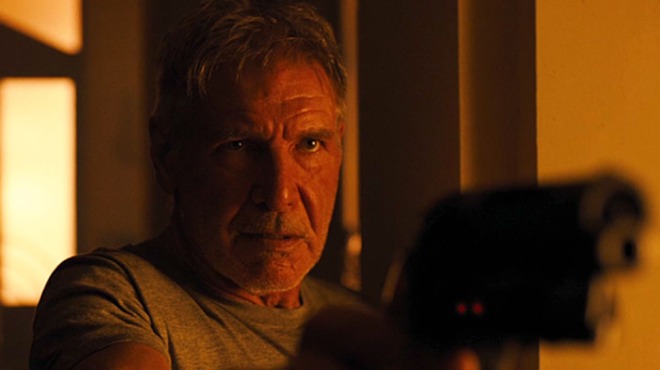The first article I ever wrote on this site was about Wonder Woman, so it seems somewhat appropriate that the first full-length article I write after coming back from my extended break is about DC’s latest effort in their cinematic universe; Shazam! Shazam tells the story of fourteen-year-old Billy Batson (Asher Angel), a foster child who stumbles across a wizard while searching for his birth mother. The wizard gives Billy the ability to become a super-buff Zac Levi (aka the superhero Shazam) because he sees in Billy someone who is pure of heart… and because he is dying and in desperate need of someone to carry out his legacy. Add to that seven monstrous sins, a scientist gone mad in his search for magic and a delightful foster family and you pretty much have the entire movie.
Shazam is the first non-horror feature film from Swedish director David F. Sandberg, and while there are moments where the audiences will have tingles run down their spine, this movie feels like it’s aimed at a slightly younger audience than DC’s previous efforts. Shazam features teenagers that, for the most part, actually feel like teenagers. Billy may be apparently pure of heart, but he acts like a jerk for a lot of the film and his foster brother, Freddy (Jack Dylan Grazer) is an excellent mix of teenage sarcasm, self-obsession and nerdery. The tone captures a perfect mix between high school drama and superheroes, with a touch of Stranger Things thrown in for good measure. Shazam doesn’t feel like any of the other DC movies, and as far as I’m concerned that’s absolutely brilliant.
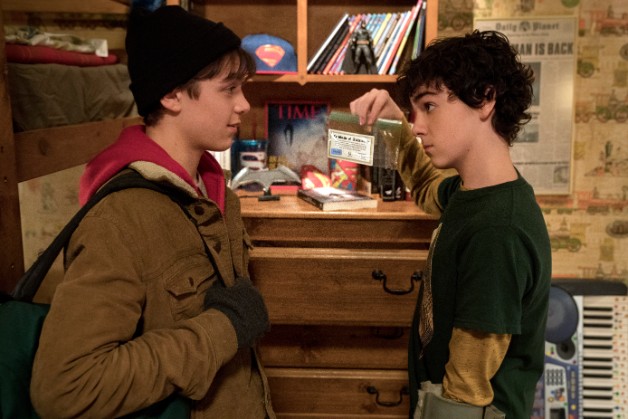
That’s not to say that DC’s recent efforts haven’t measured up to Shazam. Both Wonder Woman and Aquaman were wonderful, even if they both had their flaws. I loved watching James Wan’s take on an Indiana Jones-style adventure under the sea, an adventure only made better by Jason Mamoa’s undeniable charisma. I adored Patty Jenkin’s somewhat dark but ultimately hopeful take on Wonder Woman, and especially Gal Gadot’s performance. But what makes Wonder Woman, Aquaman and Shazam so great is that none of them feel like each other. They are all absolutely their own films with individual styles decided upon by their writers and directors.
This may be a dangerous thing to say as Marvel hype reaches a fever pitch (at time of writing the cinematic release of Avengers: Endgame is less than two weeks off), but I don’t feel that Marvel has managed to keep that individual nature in the same way. It might be because I’ve seen so many more of them, but I suspect it has more to do with the formula that the studio and Kevin Feige seems to have developed. As multiple Marvel directors have mentioned, there is often a list handed to them of the introductions, crossovers and setups that each of their films must contain at the beginning of pre-production. This has lead to, with the exemption of Thor: Ragnarok, what feels like an almost total stagnation of creativity.
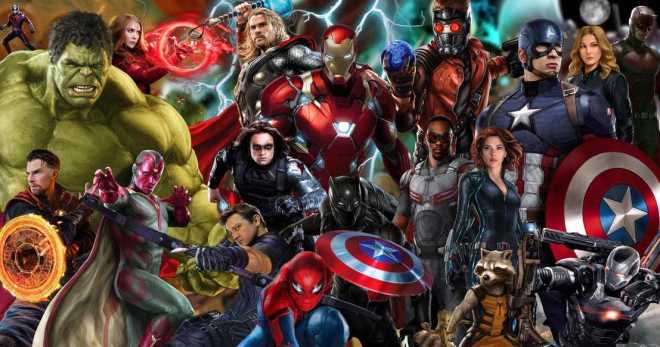
On the other hand, DC’s recent efforts have revelled in their different directors, letting them create superhero movies that not only have radically different styles but borderline different genres. I suspect a large part of the reason they’ve been able to embrace the individual talents of their directors so much is their recent decision to forget about the big team-up films. The cast and crew of Shazam didn’t have to worry about setting up the next big bad for Aquaman or throwing around references to Wonder Woman’s adventures in the 1980s, their only concern was bringing David F Sandberg’s Shazam to life. Having nothing other than a winking grin at the rest of the DC universe has allowed Shazam to be entirely its own thing, and given its tone, quite possibly bring a new younger audience to the DCEU.
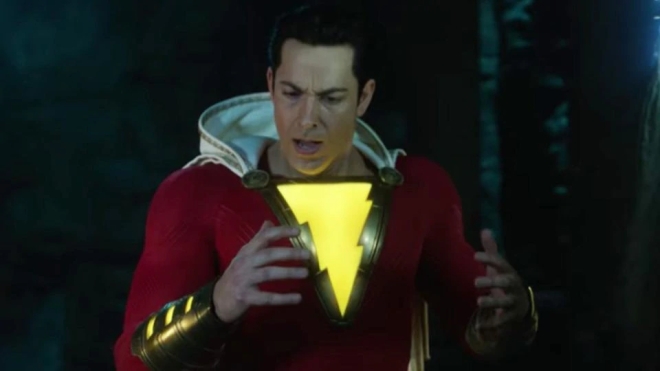
This isn’t an issue of Marvel versus DC in the end, despite what it seems to be, but rather an issue of what can happen when a studio allows its directors little to no creative freedom. Warner Brothers have seemingly learnt from their lesson of butchering the hell out of the early DC films in post-production (Justice League and Suicide Squad spring to mind), and have decided to allow their directors more creative control over their individual projects. If that means more films like Shazam, I can’t help but be excited.



